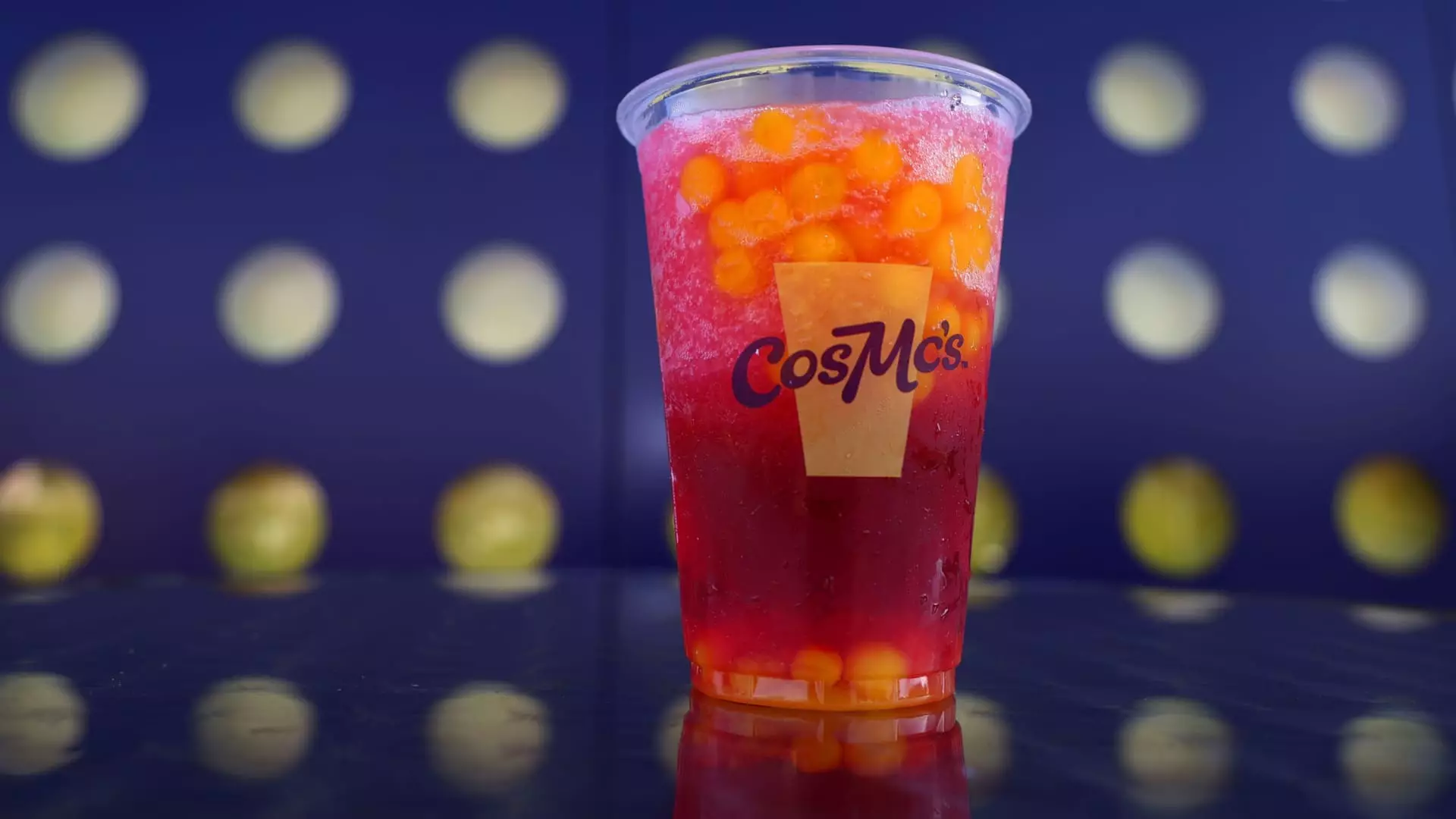In recent years, the landscape of fast-food dining has undergone a taste revolution, predominantly driven by an unexpected hero: beverages. As health considerations steer consumers away from traditional sugary sodas, chains like Chick-fil-A and Taco Bell are seizing this opportunity to tantalize younger customers with eye-catching and flavorful drinks. This shift isn’t merely a fad; it’s a strategic pivot that aims to cultivate customer loyalty and redefine how fast-food brands interact with a generation craving novelty and vibrancy in their dining experiences.
Chick-fil-A’s introduction of seasonal offerings like Pineapple Dragonfruit drinks showcases how deeply these companies are embedding themselves in the flavor experimentation wave. Meanwhile, Taco Bell’s initiative to incorporate a beverage-focused concept, known as Live Mas Café, exemplifies an egalitarian approach to menu development that is turning heads. This is not just about drinking; it’s about creating an experience.
Generational Trends: A Preference for Bold Choices
Today’s young consumers, particularly Gen Z, have a penchant for bold flavors that reflect their cultural diversity and openness to experimentation. They are unafraid of stepping outside conventional norms, embracing exotic ingredients like butterfly pea or ube—flavors traditionally relegated to niche markets. In recognition of this, companies like Wendy’s have actively diversified their lemonade offerings with unexpected combinations like blueberry pomegranate. This willingness to innovate comes with a financial incentive; beverages can be more profitable than traditional food items.
Yet, this trend also poses challenges. While the complexities of flavor and presentation are alluring, they can mask the high sugar content present in these concoctions. Younger consumers, particularly those aware of their health choices, are indulging in what they fondly refer to as “little treat culture.” Restaurants that acknowledge this trend may find a lucrative balance between loyalty and indulgence.
Changing the Narrative on Beverage Culture
The beverage industry is no longer limited to coffee and tea; variations are soaring. Fast-food branding is bending the knee to the popularity of beverages such as bubble tea and “dirty soda”—the latter often involving a blend of syrup and cream in traditional soda, which has rapidly gained traction beyond its Utah origins. With beverage-centric chains like Swig and Gong Cha emerging as competitors among America’s fastest-growing restaurants, it’s clear that the consumer’s palate is expanding, and fast-food companies must adapt accordingly.
This adventurous shift in consumer behavior represents a broader societal movement toward experiential dining. The once-simple act of grabbing a drink becomes a narrative. Companies that cleverly integrate these inventive beverages into their identities are poised for success. Already, fast-food chains are incorporating unique elements, such as Shake Shack’s “tropical kiwi lemonade” featuring tiny kiwi pieces, bridging the gap between familiar and avant-garde drinking experiences.
The Economics of Beverage Innovation
Consider the financial side of this innovation. Beverages frequently offer a higher profit margin than food items, making each new flavor variation not just a marketing gimmick but a viable growth strategy. Fast-food giants understand that when a customer sees an alluring new drink, it can drive up their overall spending significantly. What seems like a simple switch of syrup flavor or a drizzle of color can yield impressive profits with relatively minimal effort.
Fast-food establishments are recognizing that capturing beverage sales can be just as crucial as mastering their food menus. Wendy’s, for example, has data indicating that around 30% of its customers neglect to order drinks, representing a massive growth opportunity. By changing this aspect of customer behavior, brands stand to bolster not only their revenue streams but also their brand identity and customer interactions.
Future Directions: Evolving with Consumer Expectations
As we approach 2030, the vision for beverage innovation continues to grow. Taco Bell forecasts a $5 billion beverage business on the horizon, leveraging insights from their patronage to drive new product development. Their Live Mas Café is not merely a trend; it’s a blueprint for how fast food can evolve to meet changing consumer desires.
With continued emphasis on flavored refreshments, chains are not only keeping their existing customers engaged but also appealing to a newer, wider audience ready to embrace creativity in their fast-food experiences. Moreover, the edible trend landscape appears set to continuously evolve as tastes shift and merge.
This dynamic landscape of beverage innovation in fast-food chains illustrates a compelling narrative of adaptability and consumer engagement, making it clear that the era of ordinary sodas is fading. With each new flavor release, these entities are not merely selling drinks; they are offering an invitation into an exciting world of creativity and exploration, ultimately redefining fast food as a thrilling sensory adventure.



Leave a Reply